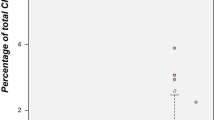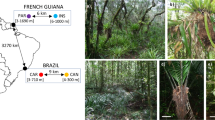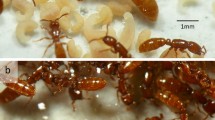Summary:
In Europe the most abundant naturally residing termite is the subterranean genus Reticulitermes (Rhinotermitidae). Six phenotypes of Reticulitermes have been identified on the basis of morphological, chemical (cuticular hydrocarbons and soldier defensive secretions), and molecular (enzymatic alleles and mitochondrial ND1 sequence) features. They are R. santonensis in western France, R. grassei in southwestern France, northwestern and southern Spain and Portugal, R. banyulensis in northeastern Spain, central area of the Iberian Peninsula and southwestern France, R. lucifugus in Italy and southeastern France, R. balkanensis in the Balkans and R. sp. nov., a recently identified urban phenotype resembling R. balkanensis, in northern Italy and southeastern France. R. santonensis is close kin to the American species R. flavipes. R. grassei, R. banyulensis and R. lucifugus belong to the same species complex. R. balkanensis and the new phenotype R. sp. nov. are close to R. santonensis regarding cuticular hydrocarbons, to the lucifugus complex regarding DNA and to R. clypeatus from Israel regarding morphology. The species status of these genotypes has been confirmed by the mechanisms of species isolation. Prevention of hybridization depends on the method of colony formation in each species. Swarming dates, differences in pheromones, and infertility prevent hybridization by sexual alates. Interspecific aggression between workers prevents hybridization by neotenics. Behavioral and molecular studies have provided many data on the genetic structure of nests, which varies according to species and location. All colonies of R. santonensis are open all year. The colonies of R. grassei in southern areas and all colonies of R. banyulensis are closed families with generally a single reproductive couple. The colonies of R. grassei in northern areas and the colonies of R. lucifugus are open in the summer and closed in the winter. Based on the here presented data, the taxonomy and the speciation of the Reticulitermes genus in Europe are discussed.
Similar content being viewed by others
Author information
Authors and Affiliations
Additional information
Received 12 January 2001; revised 30 March 2001; accepted 26 April 2001.
Rights and permissions
About this article
Cite this article
Clément, JL., Bagnères, AG., Uva, P. et al. Biosystematics of Reticulitermes termites in Europe: morphological, chemical and molecular data. Insectes soc. 48, 202–215 (2001). https://doi.org/10.1007/PL00001768
Issue Date:
DOI: https://doi.org/10.1007/PL00001768




